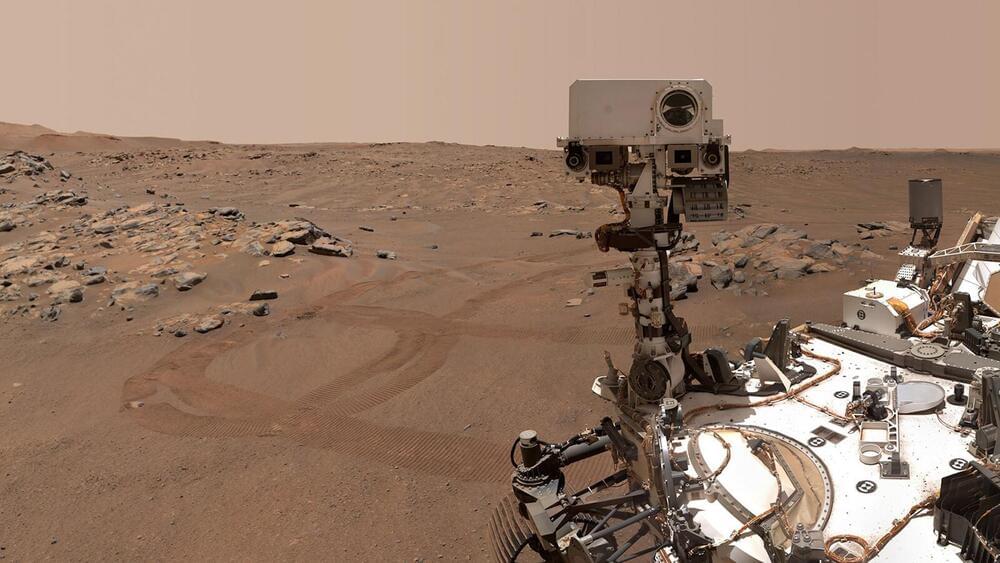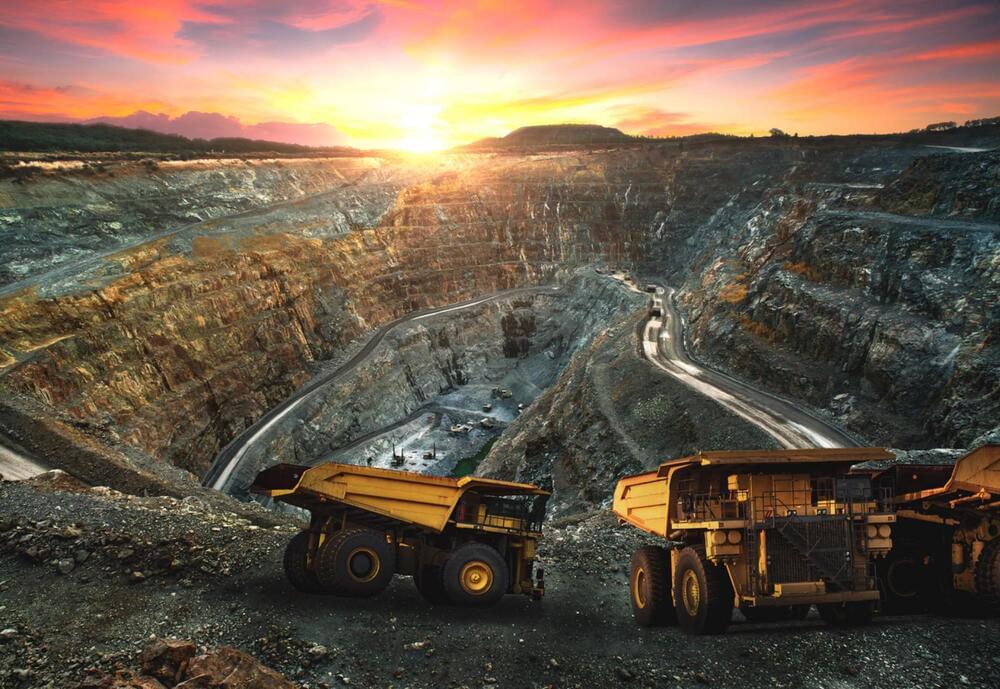Structuring, Financing & Growing Novel Longevity Ventures — Dr. Tobias Reichmuth Ph.D., Founding Partner, Maximon
Dr. Tobias Reichmuth, Ph.D. is Founding Partner at Maximon (https://www.maximon.com/), The Longevity Company Builder, which empowers entrepreneurs to build impactful, science-based and scalable companies providing healthy aging and rejuvenation solutions.
Maximon recently announced the launch of their 100 million CHF Longevity Co-Investment Fund, which will be looking to invest up to CHF 10 million per company, which allows them to finance up to 10–12 start-ups in this fast growing industry over the next four years.
In 2020, Dr. Reichmuth launched the Longevity Investors Conference together with Marc P. Bernegger, another Maximon Founding Partner.
Dr. Reichmuth previously founded the climate-change infrastructure fund / asset management company SUSI Partners AG, where he spent over a decade specializing in infrastructure investments in the context of energy transition (renewable energy, energy efficiency, energy storage solutions) and invested more than one billion Swiss francs.







